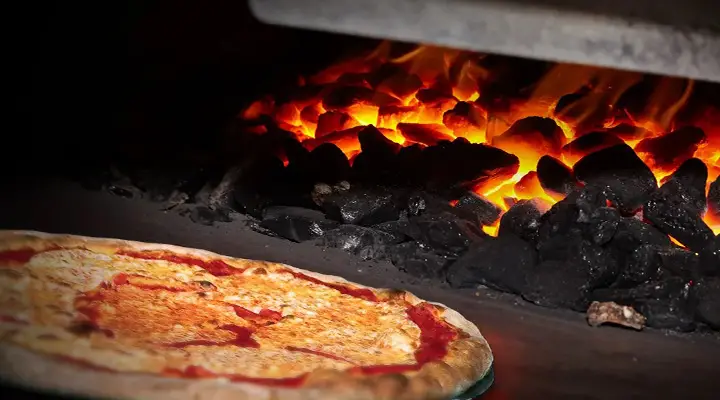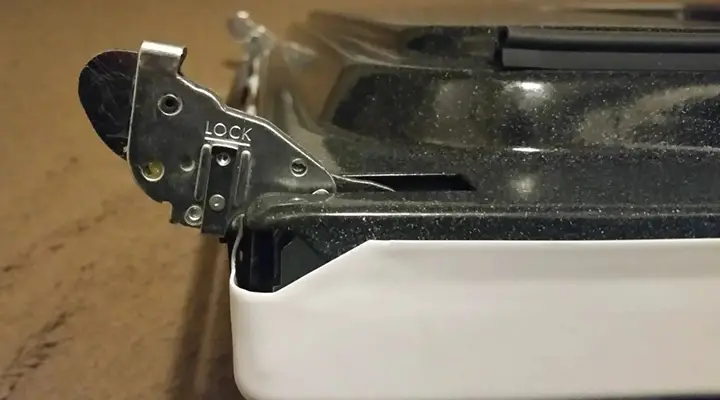[Answered] Can You Put Wood In The Oven With Polymer Clay?
When it comes to the world of polymer clay crafting, the thrust for creativity often leads us to explore innovative ways to blend different materials into our projects. Stone, sea shells, natural flowers, nothing gets out of the list.
One common question that pops up can you put wood in the oven with polymer clay. The short answer? Yes, it can be done, but there are some important considerations and guidelines to follow to ensure a safe and successful crafting experience.
In this article, we’ll dive into the art of combining wood and polymer clay and baking them together safely.
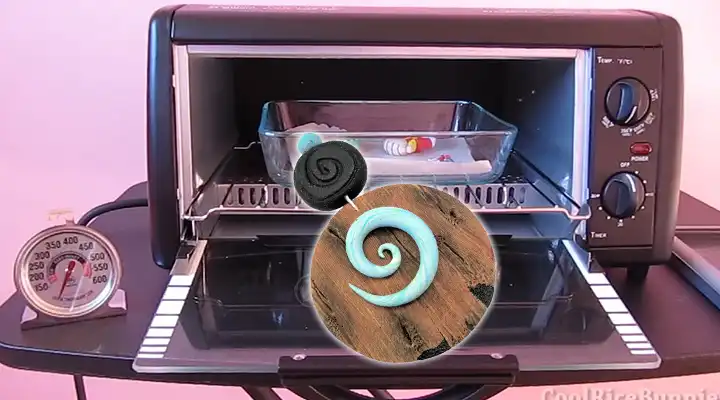
Putting Wood In The Oven With Polymer Clay | Art And Safety
While there is no restriction that you cannot put wood in the oven with polymer clay, there is also no perfect guideline. So here we are like a pro giving you the things you have to keep in mind while working the the two. Let’s start.
Choose the Right Wood
Before you embark on your polymer clay adventure with wood, the first step is to select the perfect piece of wood. Opt for natural, untreated wood because it’s generally safe to use in the oven. Be sure to avoid wood that has been treated with chemicals or finishes, as these substances can release harmful fumes when exposed to high temperatures.
Crafting with Wood Armatures
Wood often plays the role of a core or armature in polymer clay projects. In simpler terms, this means that wood acts as the hidden support structure for your artistic creations. Crafters frequently use wood armatures for shaping figurines, dolls, and intricate designs.
Bringing Polymer Clay and Wood Together
Now comes the fun part! Once you have your trusty wood armature, it’s time to get creative with polymer clay. Sculpt, mold, or wrap the polymer clay around the wood to craft your envisioned masterpiece. The beauty of this combination is that polymer clay bonds wonderfully with wood, making it an ideal duo for certain crafting ventures.
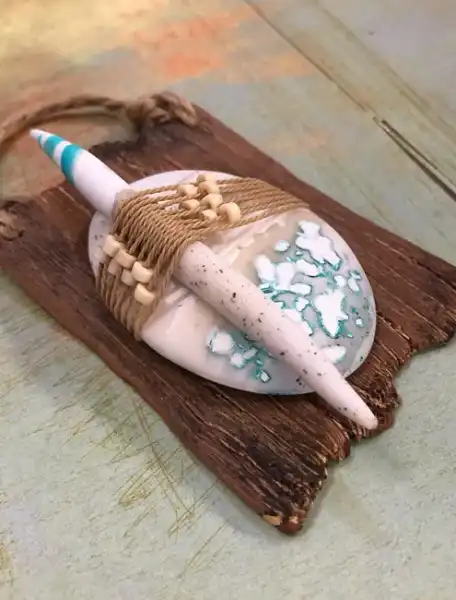
Always Keep a watchful Eye On The Baking
When it’s time to bake your polymer clay creation, the wood will go along for the ride in the oven. Use an oven thermometer to double-check that your oven maintains the recommended temperature for curing polymer clay. Typically, you’re looking at a range between 265°F to 275°F (129°C to 135°C).
Another thing to pay attention to is proper ventilation in your baking area. This helps disperse any potential fumes that might arise during the curing process. It’s especially relevant if you’re working with colored polymer clays or if you’re concerned about any odors.
Pay Attention To The Polymer Clay Brand Instructions
Different brands of polymer clay may offer slightly varied baking instructions. To ensure the best results, always refer to the specific instructions provided by the manufacturer of the polymer clay you’re using. Trust their guidance, it’s there to help you succeed.
Safety Comes First
While it’s generally safe to bake wood and polymer clay together, being cautious and using common sense throughout the process is vital. Keep a watchful eye on your creation in the oven to prevent any potential fire risks. Safety should always be your top priority.
Questions You May Also Ask
What can go in the oven with polymer clay?
You can confidently bake polymer clay with oven-friendly materials such as glass, ceramic, and certain metals, as long as they can handle the curing temperature (265-275°F or 129-135°C).
Can polymer clay be glued to wood?
Yes. Polymer clay bonds nicely with wood when you employ robust, heat-resistant adhesives for a strong connection.
Can you put metal in the oven with polymer clay?
Yes, some metals can join polymer clay in the oven. Just make sure they won’t react or produce harmful fumes when heated.
Is baked polymer clay heat-resistant?
Baked polymer clay handles moderate heat, around 200-300°F (93-149°C), but may become soft or change shape at higher temperatures.
Conclusion
Baking polymer clay alongside wood opens up exciting avenues for creative expression. To embark on this artistic journey safely, remember to heed safety guidelines, opt for untreated wood, and relish the imaginative possibilities this pairing offers.


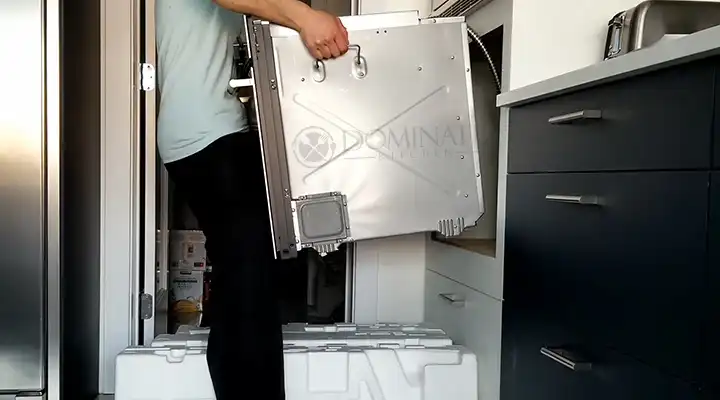
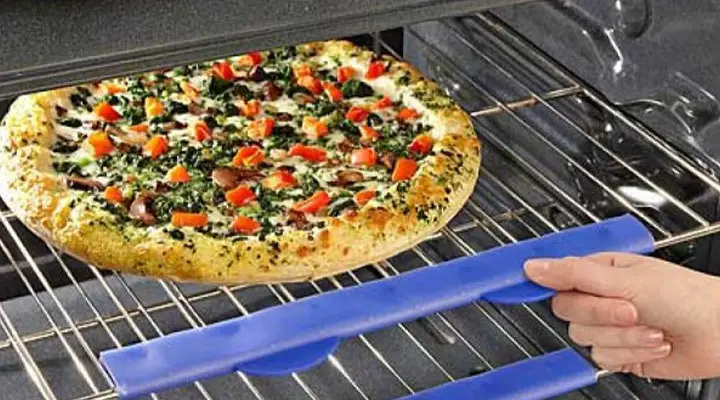
![[Explored] Why Does It Say Not To Cook In Toaster Oven?](https://www.dominatekitchen.com/wp-content/uploads/2023/08/why-does-it-say-not-to-cook-in-toaster-oven.webp)
